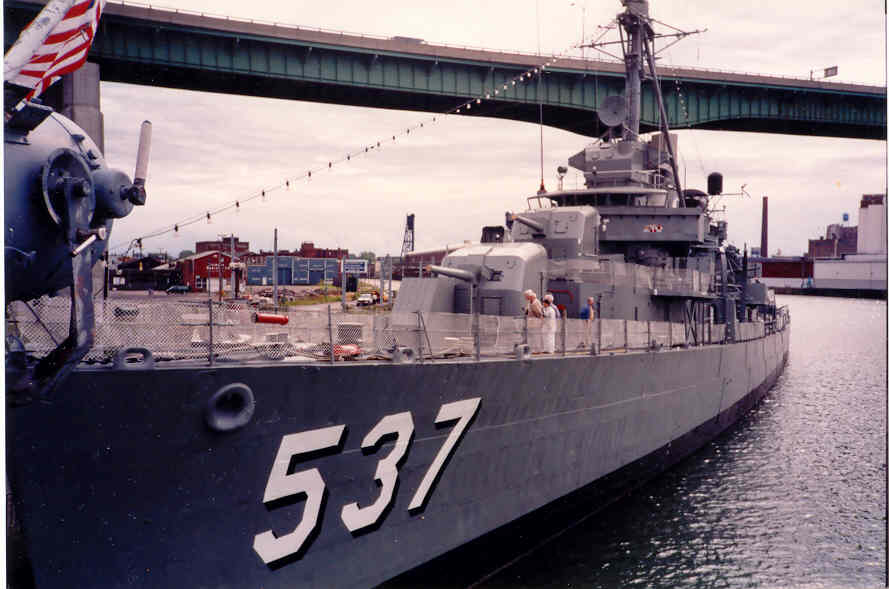I shall be very indebted to you for your kind excusing my inability of prompt responding to your previous answers, my dear Mr. Gary D. I hope that you will take into consideration the highly unpleasant circumstances - subsequent receipt of an official information that my personal account with Photobucket was allotted with 10 GB of monthly bandwidth, and that official records show that I have less than 2 GB of bandwidth left to my account.:shock:
Great pressure of work connected with reallocation of photographic material prevented me from dispatching answers in time. Every precaution will be taken to avoid a repetition of a similar event.
Words are never enough, my dear Mr. Gary D. The eye sees. The mind knows. The heart feels. But the words do not exist to make us see, or know, or feel what reality is, what actually happens. The words, alas, are never right about the precise meaning of humanism.
It is a pleasant-sounding word, and it brings with it a graceful touch of fresh air from the Renaissance. That word is a kind of ideal attribute to man – lithe of mind, unprejudiced, unfettered by ancient rigmaroles, skilled in his control of the whole province of man. But has there ever been such a being? From time to time someone emerges out of the gray who looks, in favorable light, like the hero we all might wish to be. Sir Philip Sydney on the field of Zuthpen, Shelley lamenting Keats, Senator William Pitt Fessenden in a eulogy delivered upon the death of senator Foot of Vermont, Lieutenant Arthur Rhys-Davids sincerely regretting death of Werner Foss, Pierre Teilhard de Chardin unfolding the phenomenon of man…
Yet again, those sadly forgotten instances of humanity are the only seeds of true nobility and greatness capable to heal a soul of an individual or the wounded spirit of a society, cultivating those perilous deserts of unawareness and neglecting where stereotypes are ruling, destroying nature’s unique experiment to make rational intelligence prove itself sounder than the reflex. Knowledge and understanding, my dear Mr. Gary D, is our destiny, it is a responsibility for what we are, primarily of what we are as ethical creatures.
Since even things written down have an extraordinary propensity for going wrong in the writing, we ought to be permitted to show the pictures – not just the words, but also the real things. And we ought to have the moral fiber to look at those things.
Then, and then only, treating everybody and everything without any prejudice or discrimination, we will be able to appreciate universal strength of the human spirit that a passionate commitment to the Noble Cause by George Tomas, Francis Henry, Joseph Eugen, Medison Abel, and Albert Leo who were prepared to walk the road of duty – and they did – when it came to the price of their splendid commitment.

Condolences of the President F. D. Roosevelt sent to Mr. and Mrs. Sullivan (official draft)
Then, knowing that even a solitary candle of chivalry, even in the midst of otherwise cruel hostility possesses enduring capacity to absorb evil, to transform human existence from a dungeon of shame to a heaven of human dignity, we will be able to work through our fears.

Example of a chivalrous surrender of Japanese soldiers
Those, as well as numerous other examples of humanism, able to prove that perfect courtesy can be shown even to those who may look upon someone as to their archenemy, completed in a special thread called Examples of Humanity, will substantiate the old-fashioned claim that human problems can be solved in humane ways, and that the glades of grass growing on graves are symbols of regeneration – the final act of reconciliation between death and life.
And now back to the films.
Yes, my dear Mr. Gary D, I watched “The Fighting Sullivans”, and that film really is an example for nowadays outdated and quaint, heartbreaking and honest artistic reflections. However, I think that Hollywood never filmed a story about another, for me much more heartrending occurrence – that sadly forgotten scene when colonel Frences I. Fenton kneeled by the body of his own son, also a member of the 1st Marine Division, a 19-year old scout-sniper who was killed in action on Okinawa, May 7, 1945.
I, too, sometimes do look at that photo and weep. Spontaneously. For once we lose our compassion, we lose our souls.
In characterizing all Hollywood films from the 40s, the greatest war film of the 40s was perhaps the “Guadalcanal Diary” (1943), directed by Lewis Seiler.

Anthony Queen, Guadalcanal Diary (1943)
This was perhaps the only film entitled to take its own place as an individual work of art, being capable to encompass overall historical grandeur and personal vignettes, such as those incredibly convincing shots of close-combat battle, with absolutely brilliant play of Mr. Anthony Queen as Private Jesus “Soose” Alvarez.
Well, that’s all for today. In the meantime, as always – all the best! 








